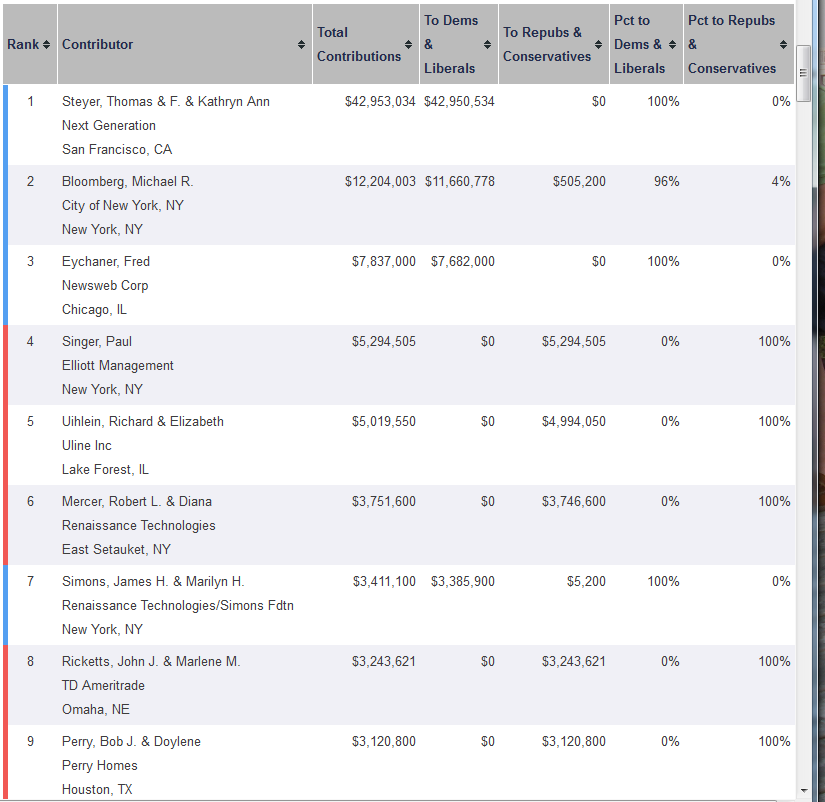A website called abort73.com reports:
The Alan Guttmacher Institute (AGI), the research arm of Planned Parenthood, estimates that there were 1.21 million abortions performed in the U.S. in the year 2005. Of the 1.21 million annual abortions, approximately 88% (1.06 million) are performed during the first trimester. The other 12% (150,000) are performed during the second and third trimester. In 2005, the average cost of a nonhospital abortion with local anesthesia at 10 weeks of gestation was $413. The Women’s Medical Center estimates that a 2nd trimester abortion costs up to $3000 (with the price increasing the further along the pregnancy goes). If we take the $413 average for 1st trimester abortions and use a $3000 average for 2nd and 3rd trimester abortions, here’s what we get: $438 million is spent each year on first trimester abortions and $393 million is spent on late term abortions. That means that each year in the U.S., the abortion industry brings in approximately $831 million through their abortion services alone. If you add in the $337 million (or more) that Planned Parenthood (America’s largest abortion provider) receives annually in government grants and contracts for, the annual dollar amount moves well past 1 billion.
On Monday, The Daily Wire reported how some of this money will be spent by Planned Parenthood:
Planned Parenthood Action Fund and other major pro-abortion groups are investing $150 million toward the 2022 midterm elections nationwide.
Planned Parenthood Action Fund, along with NARAL Pro-Choice America and EMILY’s List, are targeting the political funding into paid ads and other initiatives across nine states, including Georgia, Nevada, Arizona, Michigan, Pennsylvania, New Hampshire, California, Kansas, and Wisconsin.
Six of the nine states include competitive Senate races, according to Politico.
Alexis McGill Johnson, president of Planned Parenthood Action Fund, claimed the plan serves as “a warning” to pro-life candidates.
“Let this be a warning to the out-of-touch politicians standing in the way of our reproductive freedom: People are watching. People are furious. And this November, the people will vote you out,” Johnson said in a statement shared with Politico.
The article concludes:
In contrast, Connecticut passed a bill last week to protect abortion providers from bans in other states. California is considering legislation to become an “abortion sanctuary” to offer abortion services to women from others states where abortion is more restricted.
The new announcement follows Planned Parenthood Action Fund’s 2020 election efforts that committed $45 million to pro-abortion allies during the last presidential election.
“We decide who our leaders are. We decide our future,” the website for “We Decide 2020” said at the time. “At the ballot box this year, we — not out-of-touch politicians — decide what we do with our own bodies.”
Do those same out-of-touch politicians create vaccine and mask mandates?
There is a lot of money tied up in the abortion industry. You can bet that any means will be used to protect that money. It is not a coincidence that the Supreme Court opinion draft was leaked in the time period before the mid-term elections.


